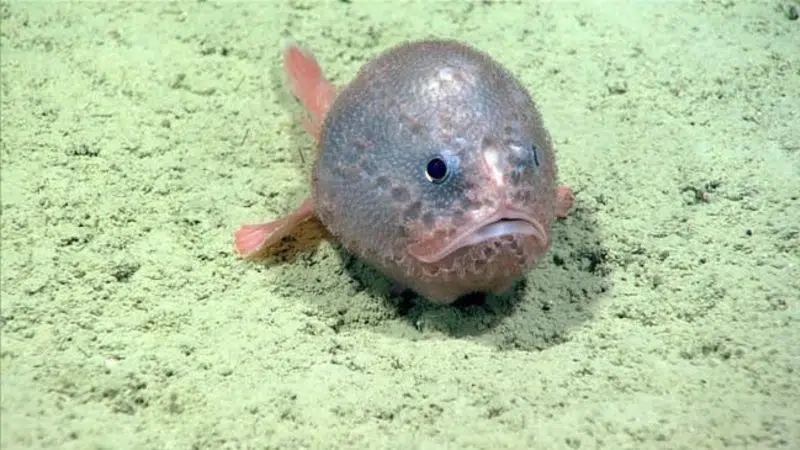
Scientists spot rare life as remotely operated vehicles livestream off N.S. coast
HALIFAX — Research scientists are watching with fascination this weekend as a search for rare undersea life is being broadcast live by two remotely operated vessels run by the National Oceanic and Atmospheric Administration off the coast of Nova Scotia.
Already, the footage has provided never before seen images of the eastern slope of the Gully, Canada’s first marine protected area, revealing sea sponges that will require DNA testing to identify and vast fields of deepwater coral.
Ellen Kenchington, a federal marine biologist with the Bedford Institute of Oceanography, says the huge television screen at her command centre in Halifax creates a rare opportunity to observe what’s living on the ocean bottom.
“It’s so cool,” she said. “People who study forests can walk in a forest. We don’t get to do that usually.”
